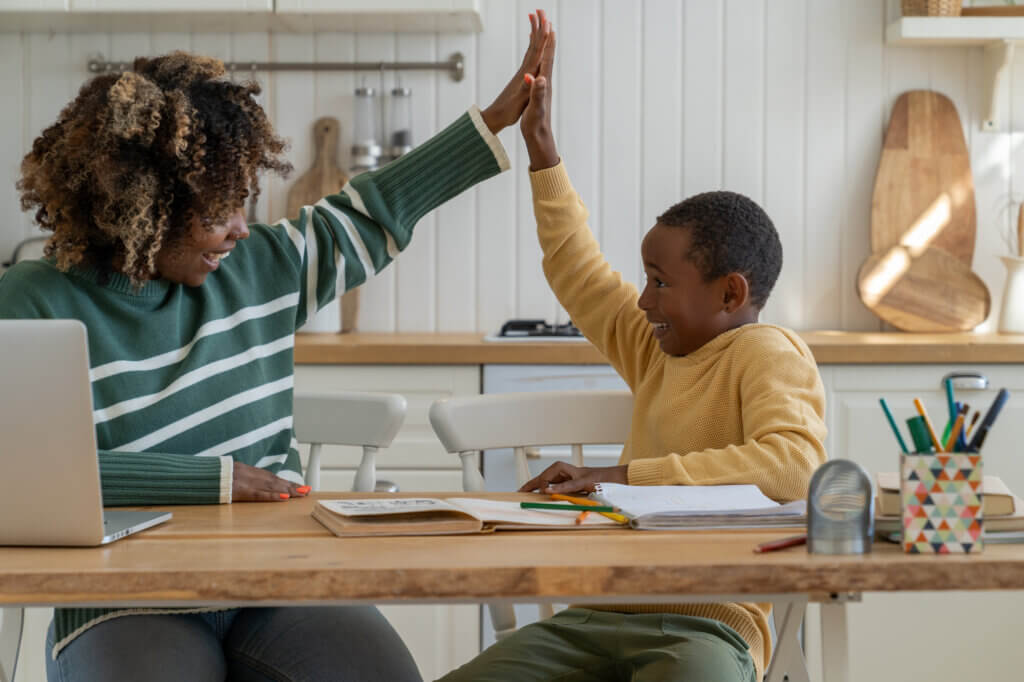Every year on the 21st of June, the world celebrates International Yoga Day, a day dedicated to raising awareness and promoting the numerous benefits of yoga through festivals, workshops, and special retreats. Recognizing its universal appeal, the United Nations proclaimed 21 June as International Yoga Day on 11 December 2014. Prime Minister Narendra Modi highlighted in his address: “Yoga is an invaluable gift from our ancient tradition. Yoga embodies unity of mind and body, thought and action… a holistic approach [that] is valuable to our health and our well-being. Yoga is not just about exercise; it is a way to discover the sense of oneness with yourself, the world, and nature.” While yoga has evolved to fit modern lifestyles, its core benefits remain timeless. As B.K.S. Iyengar, one of its most renowned teachers, stated, “It is through the alignment of the body that I discovered the alignment of my mind, self, and intelligence.” This quote underscores why incorporating yoga into daily routines can significantly benefit both physical health and overall well-being. It’s becoming increasingly common for children to join yoga classes offered at schools, in housing communities, or even through self-practice at home with freely available videos on YouTube. In today’s high-pressure environment, students face immense stress and challenges. Integrating a 30-45 minute yoga practice, including asanas (postures) and pranayama (breathing exercises), can be incredibly beneficial. Here are 10 reasons why yoga is essential for your child’s wellness, fitness, and mental well-being: Integrating yoga into your child’s routine can be a powerful tool for enhancing their physical health, mental well-being, and academic performance. At ConnectEd, we recognize the importance of holistic development and encourage activities like yoga to support our students’ growth. By choosing ConnectEd, you’re not only investing in your child’s education but also their overall well-being.










